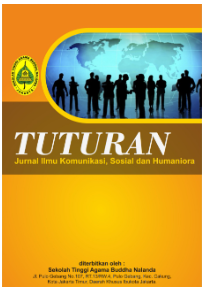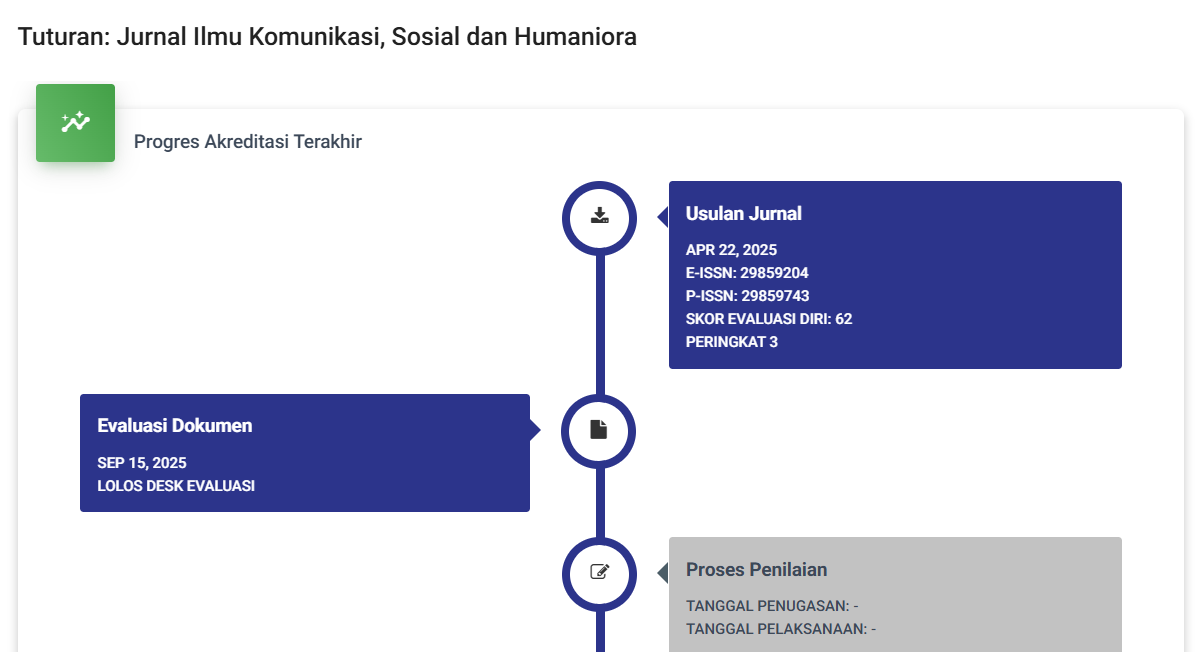Persepsi Kemudahan Aplikasi Bank Jago (Studi Deskriptif pada Pemberi Komentar Instagram @jadijago Kurun Waktu November 2023 – Januari 2024)
DOI:
https://doi.org/10.47861/tuturan.v2i3.1155Keywords:
Technology Acceptance Model, Perceived Ease of Use, Bank Jago, Digital BankingAbstract
The COVID-19 pandemic has accelerated the adoption of digital banking services, with one in three people becoming users. This has led to a significant digital transformation and an increase in the number of digital banks. Understanding the perception of ease of use is crucial for technology acceptance. This study aims to understand users' perceptions after using the Bank Jago application and identify which features influence this perception. The Technology Acceptance Model is the foundation of this research. A quantitative method is used by distributing questionnaires via Google Forms to 89 samples, selected through Simple Random Sampling from commenters on @jadijago’s social media posts from November 2023 to January 2024. This research employs a descriptive approach to analyze the data obtained. The data is processed using descriptive statistics to present the frequency, mean, and distribution of users' perceptions of the ease of use of the Bank Jago application. The results indicate that respondents' ratings of Perceived Ease of Use (PEOU) are very high, with 48 respondents (53.93%) rating it in the top category. Among six indicators and 13 questions, the highest average is on the Controllable indicator (4.30) and the lowest on the Easy to Become Skillful indicator (4.03).
References
Bank Jago. (2021). Annual Report Bank Jago 2021.
Buletin Riset Kebijakan Perbankan, 3 101. (2022).
Chuttur, M. (2009). Overview of the Technology Acceptance Model: Origins, Developments and Future Directions. Sprouts, 9–10. http://aisel.aisnet.org/sprouts_all
Davis, F. D. (1989). Perceived usefulness, perceived ease of use, and user acceptance of information technology. MIS Quarterly: Management Information Systems, 13(3), 319–339. https://doi.org/10.2307/249008
Gupta, R., & Varma, S. (2019). A structural equation model to assess behavioural intention to use biometric enabled e-banking services in India. Int. J. Business Information Systems, 31(4).
Izogo, E. E., Chinedu Nnaemeka-Phd, O. C., Onuoha, O. A., & Sylva Ezema-Dba, K. S. (2012). Impact of Demographic Variables on Consumers’ Adoption of E-banking in Nigeria: An Empirical Investigation. European Journal of Business and Management, 4(17), 27–33. https://www.researchgate.net/publication/283504884
Jogiyanto. (2007). Sistem Informasi Keperilakuan (1st ed.). C. V ANDI OFFSET (Penerbit ANDI).
Köse, T., & Güleryüz, E. (2020). Determinants of Internet Banking Adoption in Turkey. Journal of Yasar University, 15, 167–176. https://www.researchgate.net/publication/341434462
Liesa-Orús, M., Latorre-Cosculluela, C., Sierra-Sánchez, V., & Vázquez-Toledo, S. (2023). Links between ease of use, perceived usefulness and attitudes towards technology in older people in university: A structural equation modelling approach. Education and Information Technologies, 28(3), 2419–2436. https://doi.org/10.1007/s10639-022-11292-1
Napitupulu, D. (2017). Kajian Penerimaan e-Learning dengan Pendekatan TAM. Prosiding Seminar Nasional Multidisiplin Ilmu, 41–47. https://www.researchgate.net/publication/318862539
Downloads
Published
How to Cite
Issue
Section
License
Copyright (c) 2024 TUTURAN: Jurnal Ilmu Komunikasi, Sosial dan Humaniora

This work is licensed under a Creative Commons Attribution 4.0 International License.








